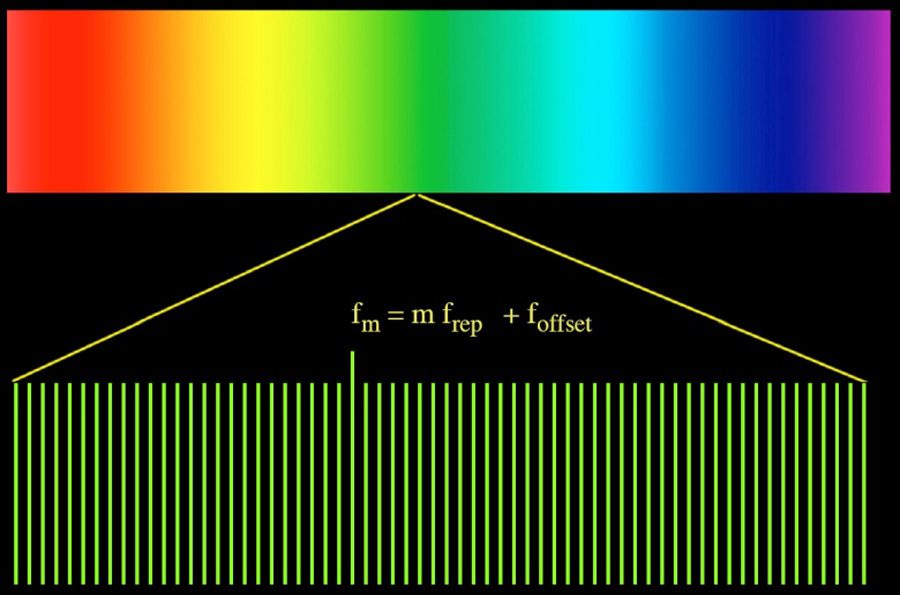‘Tis the season for winter viruses. If you’ve not succumbed to the lurgy yourself, chances are you know someone who has. We’re all used to the idea of testing for COVID by now, but it’s not always easy to get hold of a test kit, and if your symptoms are mild, you might be forgiven for assuming that it’s just a cold.
But what if there was a device that could tell you for sure whether your sniffles are due to COVID, the flu, or something else? What if it could also tell you about other health conditions you might not have known you had, and all from the comfort of your own home?
This may sound like science fiction, but it could soon become a reality, thanks to new research from a team in Norway and the US.
The key component of the technology that could be used to generate optical sensors precise enough to diagnose disease is called a whispering gallery microresonator. Made of germanium in this case, the job of a microresonator is to store an optical field inside a tiny space – they are generally around the thickness of a human hair.
This is where the idea of the “whispering gallery” comes into play. The famous whispering gallery in St Paul’s Cathedral in London is a great example: in here, you can whisper a word on one side of the 42-meter (137-foot) circular dome, and it can be clearly heard on the opposite side. In a similar way, as the light traveling inside the microresonator moves in circles, the optical field is amplified.
Microresonators themselves have been around for a while, but what the team has achieved in their new study is a massive improvement in the technology. “Our microresonator is about 100 times better than what was available before for the longwave infrared spectrum,” said first author Dingding Ren in a statement.
“We’ve built the lowest loss whispering gallery mode microresonator out there for the longwave infrared spectrum. Because the longwave infrared spectrum provides definitive information about chemicals, it provides new possibility for sensing applications”.
Because the new microresonator holds onto the light for so much longer than previous versions, it opens up a whole host of new possibilities for using the technology. As the researchers write in their study: “Many of the microresonator-based technologies that were previously not viable in the LWIR [longwave infrared spectrum] are now feasible.”
One of the potential applications is in the development of broadband optical frequency combs. These are converted lasers operating across a spectrum of discrete frequencies, and are found in atomic clocks, fiber optic equipment, and GPS – the creators of frequency combs shared the Nobel Prize in Physics 2005.

If the researchers are able to develop a broadband frequency comb at the longwave infrared spectrum, it could enable the analysis of multiple different chemicals at the same time.
“The technology is still in its initial stage when it comes to measurements in the longwave infrared spectrum of light. But our improvement gives us the possibility to identify several different chemicals in real time in the near future,” continued Ren.
Crucially, these advances could make this technology more affordable. Spectroscopes with the ability to analyze several chemicals at once do exist, but are only accessible to research institutions and hospitals with big budgets.
“The fact that we can now measure in the longwave IR [infrared] range…opens up many possibilities in relation to use in imaging and detection, environmental monitoring and biomedical applications,” summarized Astrid Aksnes of the Norwegian University of Science and Technology, who advised on the project.
As this field continues to develop, it may not be too long before our dreams of an at-home lurgy detector become a reality. For now, though – pass the tissues.
The study is published in Nature Communications.
Source Link: New Gadget Might Be Able To Tell You What's Wrong With You